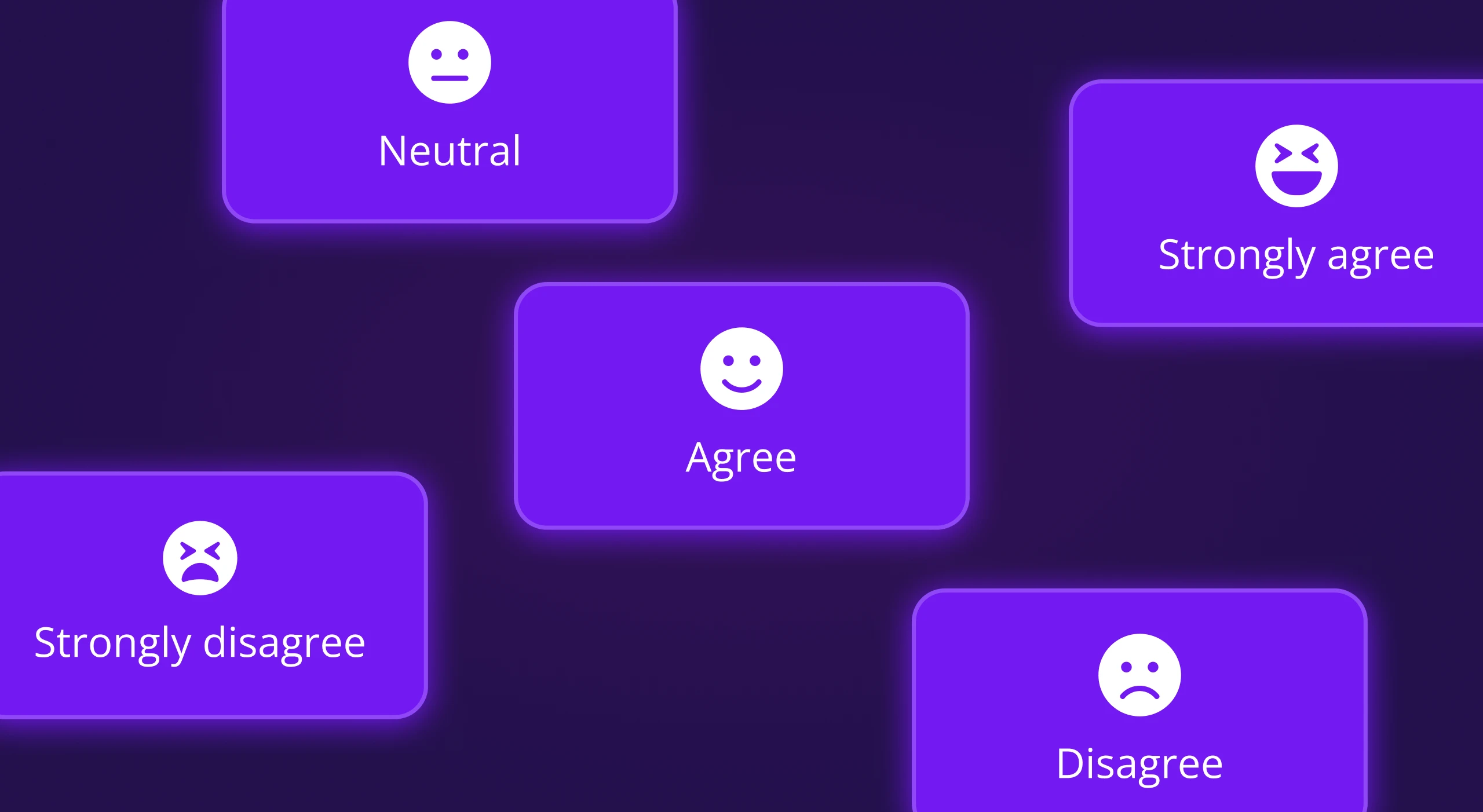At Jellyfish, we’ve spent most of the past decade helping engineering leaders understand their teams better. Our initial approach was very much data-driven – as a founding team full of engineers this probably isn’t surprising. It was all about hard, objective truth data – what does the data say? What patterns can we observe?
Over time, we began to realize that the system data alone wasn’t telling the whole story. There’s an emotional and psychological side to engineering that’s often overlooked. Gaining understanding into what’s in the hearts and minds of your engineers is a superpower. This insight led us to start thinking about the experience of engineers not just in terms of raw data, but also through qualitative insights.
Today Jellyfish blends hard data insights with softer, qualitative feedback, making it easier for leaders to understand the full scope of their teams’ experience. Engineering leaders are finally recognizing the value of combining the “what” (data) with the “why” (insights from the engineers themselves).
At Jellyfish, this manifests as Jellyfish DevEx, which helps engineering leaders easily build, deploy and analyze developer surveys based on research-backed templates to gather qualitative insights automatically. We’ve spent the last several months improving our product and are excited to share some of these developments with you.
Getting the Most Out of Jellyfish DevEx
By leveraging research-backed frameworks, like DORA and SPACE, we’ve crafted survey questions that reveal insights into what’s really driving your team. Not only do we make it easy for teams to respond with simple click-to-answer surveys, but we also allow you to analyze the results in a way that protects your team members’ anonymity. This analysis is easy to share with your team – all in an effort to help teams better understand their productivity.
Jellyfish DevEx also enables you to quickly share back results with your team, creating transparency across the board. Transparency drives accountability, both within your team and with your leadership. This ensures that everyone is on the same page, working from the same data, which helps align future efforts.
If you haven’t run a DevEx survey before, that initial survey provides a unique opportunity to establish a culture of listening and improvement. To maximize the potential benefit, focus on the following objectives:
- Demonstrate to your engineers that you are not only trying to listen, but you also plan to follow through.
- Encourage team participation by reminding them the survey is anonymous – email addresses are collected to drive segmentation like Team and Tenure, but only if there are at least three respondents in that segment.
- After you close the survey, and form your initial hypothesis based on the data, follow up quickly by sharing the results with your team and inviting them to explore the analysis independently, either org-wide or in a team-specific view.
- Triage the ideas and suggestions on how best to reduce friction.
- Make a bet – choose at least one idea, and put forth some resources to try to move the needle in a way that will be measurable when you run the next survey (in three to six months).
Bringing DevEx Data to Life
We’ve worked hard to integrate qualitative insights with the quantitative data that Jellyfish is known for. Soon, you’ll be able to see sentiment data alongside traditional metrics, such as cycle time or issue resolution rates. This gives you a comprehensive view of how developer sentiment ties to real-world outcomes.
Additionally, you can view heat maps showing how different teams feel about specific aspects of their workflow. This helps identify both areas that need improvement and teams that are thriving. Sharing these insights encourages better cross-team learning and collaboration.
DevEx in the Real World
We’ve already seen Jellyfish DevEx in action at several organizations, and the results are impressive:
- Documentation Issues: This is a common pain point for many engineering teams. For example, Clari used Jellyfish DevEx to gather valuable feedback and make quick improvements, despite documentation being the lowest-scoring aspect in their survey. The key was focusing on the most important actionable insights, not just the lowest scores.
- Test Automation Success: Our own Jellyfish team saw significant improvement in test automation. By focusing on a specific front-end test suite with lengthy test times, we were able to cut our testing time by 70%, improving our workflow.
- InfoSec Challenges: Several customers have also tackled the thorny issue of InfoSec bottlenecks using Jellyfish DevEx to pinpoint exactly where their engineers were getting stuck in access approval processes.
Moving Forward
If you’re just getting started with improving your organization’s own developer experience, it doesn’t have to be overwhelming. With Jellyfish DevEx, you can start small by searching for quick wins, listening to your team’s feedback, and prioritizing action items. Over time, as you build trust and show tangible improvements, participation and engagement will increase.
We recommend running developer experience surveys on a quarterly or semi-annual basis to maintain momentum and keep a pulse on team sentiment. Once you have the data, use it to guide your next steps, whether that’s fixing small but impactful issues or tackling bigger projects.
Getting Started with Jellyfish DevEx
At Jellyfish, we’re constantly innovating to give you the tools you need to create an optimal experience for your engineering teams. If you’re ready to improve developer experience at your company you can learn more and get started with Jellyfish DevEx here.






